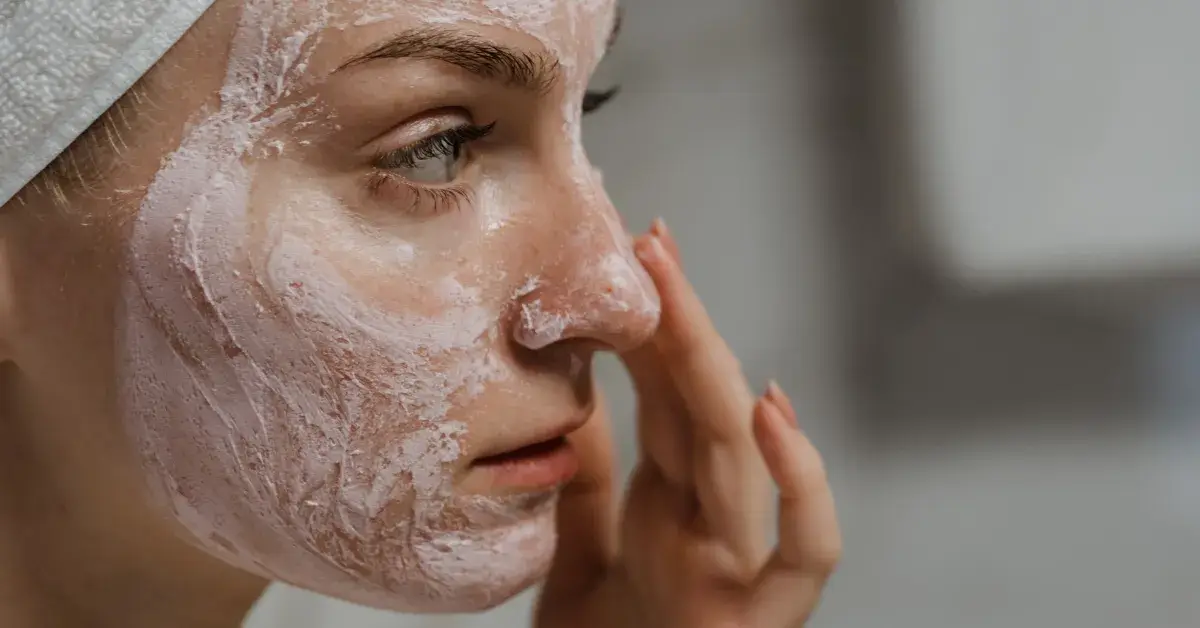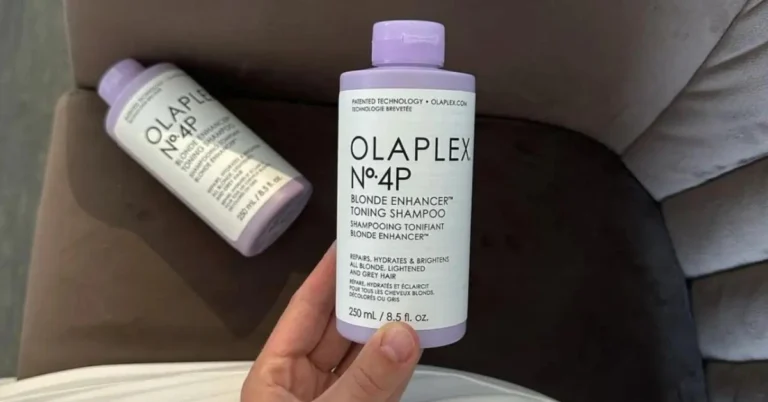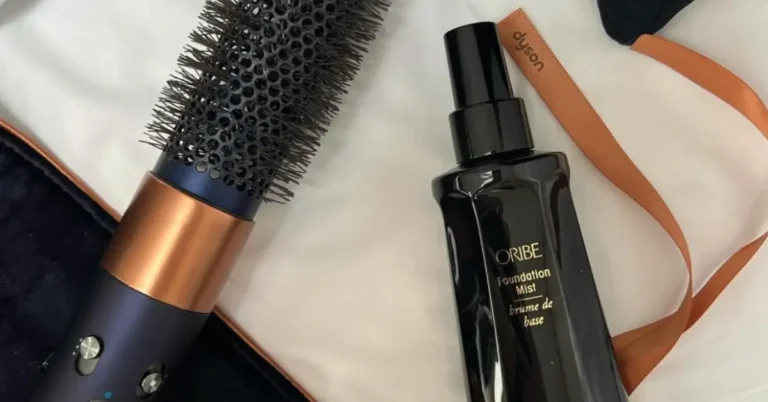Do you know about the conversations surrounding the combination of benzoyl peroxide and salicylic acid for use? This topic frequently comes up, particularly among individuals struggling with ongoing acne and looking for successful treatment methods. If you’re in pursuit of the top strategies to incorporate into your skincare regimen, understanding this is essential, and we are here to provide the information.
Combining benzoyl peroxide and salicylic acid can potentially enhance the effectiveness of your acne-fighting regimen. While each ingredient has its own unique acne-fighting properties, they might work even better when used together in a balanced skincare routine.
In the following paragraphs, we’ll delve into the benefits and potential drawbacks of combining benzoyl peroxide and salicylic acid. We’ll also discuss how to use them together effectively to achieve optimal results.
Table of Contents
Can You Mix Benzoyl Peroxide And Salicylic Acid?
Definitely! Combining benzoyl peroxide and salicylic acid can be a game-changer in your fight against acne. While each ingredient has its unique properties, when used together, they can create a powerful synergy that enhances the effectiveness of your skincare regimen.
So, you might be intrigued by the idea of mixing benzoyl peroxide and salicylic acid in your skincare routine. Let’s dive into the ins and outs of these two popular acne-fighting ingredients and explore if you can mix them safely and effectively.
Benzoyl peroxide is an antibacterial agent that works by killing acne-causing bacteria on your skin. This powerful ingredient can be found in various over-the-counter and prescription acne treatments, ranging from 2.5% to 10% in strength. A lower strength, water-based product might be your best bet to minimize side effects.
Salicylic acid, on the other hand, is a beta hydroxy acid (BHA) that exfoliates the skin and unclogs pores. It can help reduce inflammation and prevent new acne breakouts. You’ll often find salicylic acid in facial cleansers, toners, and spot treatments.
Now, let’s address the question at hand: can you mix benzoyl peroxide and salicylic acid? Technically, it is possible to mix these two ingredients.
However, using them together could increase the risk of skin irritation, dryness, or redness. Ideally, you should use one ingredient at a time or alternate between them during your skincare routine.
When using benzoyl peroxide and salicylic acid separately, pay attention to how your skin responds. As with any skincare product, individual results may vary. Make sure to do a patch test before introducing a new product into your routine, and if needed, consult with a dermatologist for personalized advice.
Benefits of Benzoyl Peroxide
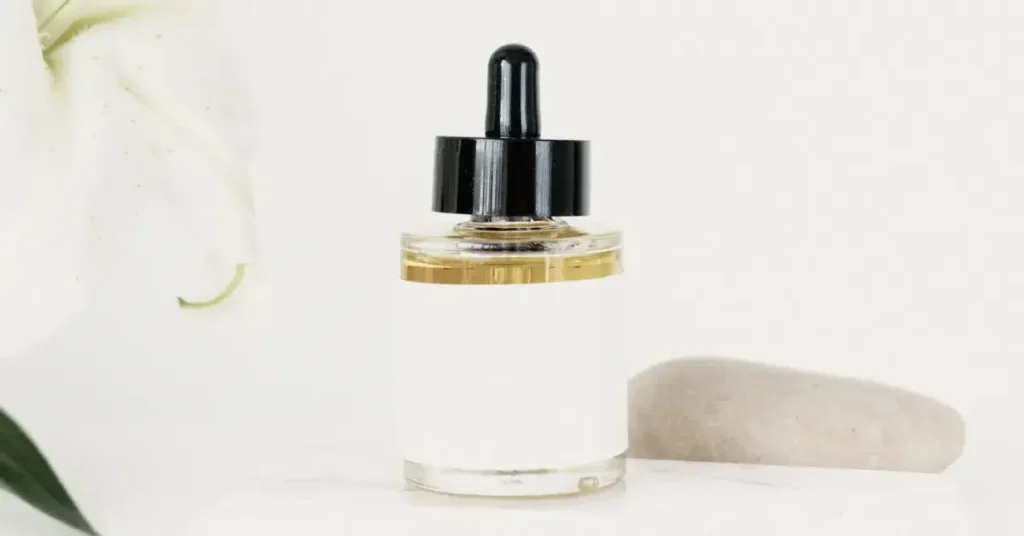
If you’ve ever asked yourself, “can you mix benzoyl peroxide and salicylic acid?”, you’re in the right place. In this section, we’ll focus on the benefits of benzoyl peroxide, a popular acne-fighting ingredient.
Acne-Fighting Properties
Benzoyl peroxide is well-known for its acne-fighting properties. It works by killing acne-causing bacteria and removing excess oils and dead skin cells that can clog pores. In doing so, benzoyl peroxide helps to stop the acne cycle in its tracks.
One of the advantages of benzoyl peroxide is its fast-acting nature. You can often see improvements in your acne within just a few days of starting a benzoyl peroxide treatment. Furthermore, benzoyl peroxide can be used on various types of acne, from mild breakouts to more severe cases.
Another benefit of benzoyl peroxide is that it reduces inflammation while combating acne. Inflammatory acne, such as pustules and cysts, can be particularly painful and lead to scarring if not treated properly. By using benzoyl peroxide, you can reduce both the appearance and discomfort of these unwanted blemishes.
It’s essential to note that benzoyl peroxide can be drying and irritating for sensitive skin types. To minimize these side effects, start with a lower concentration and gradually increase to give your skin time to adjust.
So, while benzoyl peroxide can be a powerful ally in your battle against acne, make sure to carefully consider its pros and cons before mixing it with other acne-fighting ingredients like salicylic acid.
🔵 Both benzoyl peroxide and salicylic acid can be effective for helping to prevent and minimize acne, however these ingredients work differently.
— CeraVe (@cerave) August 20, 2021
Benefits of Salicylic Acid
If you’ve ever wondered, “can you mix benzoyl peroxide and salicylic acid?” then you’re likely familiar with the incredible benefits of salicylic acid. This popular acne-fighting ingredient has some amazing properties that can help you achieve the clear and radiant skin you’re after. Let’s dive into the benefits of salicylic acid, focusing on its incredible exfoliation effects.
Exfoliation Effects
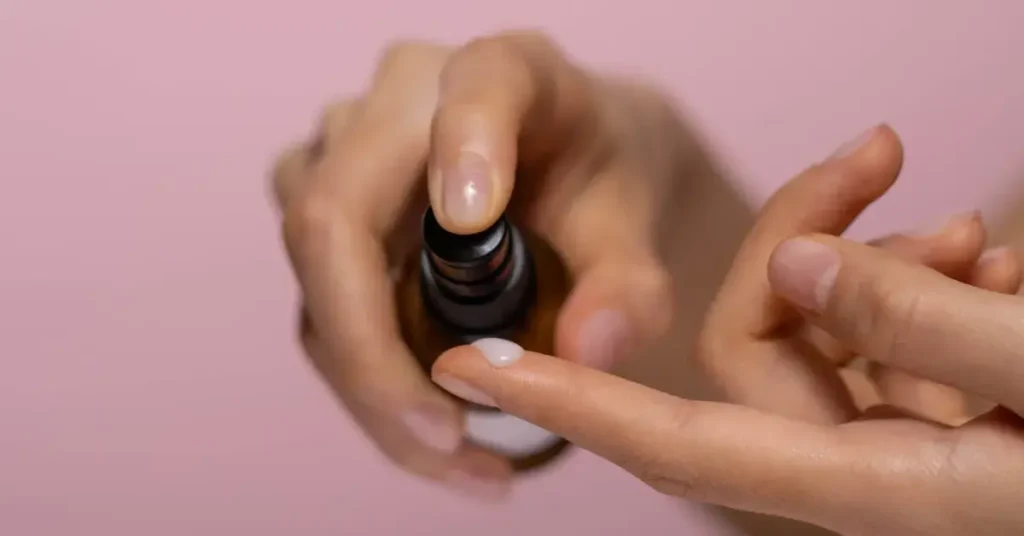
Salicylic acid is known for its ability to slough away dead skin cells, which makes it a powerful exfoliator. By removing the outer layer of dead skin, it helps unclog pores and prevents the buildup of dirt and oil that can lead to acne.
What makes salicylic acid unique is that it’s a beta hydroxy acid (BHA), which means it’s oil-soluble. This allows it to penetrate deeper into the pores, breaking apart any debris, and clearing out excess sebum. As a result, your skin will feel smoother, look brighter, and be less prone to breakouts.
Moreover, salicylic acid has anti-inflammatory properties, making it gentle on sensitive skin. It can also help reduce redness and swelling associated with pimples, making them heal faster and less noticeable.
If you include salicylic acid in your skincare routine, you can expect to enjoy the benefits it offers, such as smoother, brighter, and acne-free skin. Just remember to be patient, as it takes time for your skin to adjust to new products and show visible improvements.
Combining Benzoyl Peroxide and Salicylic Acid
Are you wondering if you can mix benzoyl peroxide and salicylic acid in your skincare routine? The answer is yes, but there’s a specific way to do it to maximize their benefits.
In my experience, using these two powerful ingredients together was a game-changer for my acne-prone skin. Let’s dive into the potential benefits and how to use them together effectively.
Potential Benefits
Combining benzoyl peroxide and salicylic acid brings together their individual strengths: benzoyl peroxide is an excellent bacteria-fighting agent, while salicylic acid works to unclog pores. When used together, they can help:
- Clear acne faster
- Prevent future breakouts
- Improve skin’s texture and appearance
For me, the combination of these two ingredients significantly reduced my acne problems while keeping my skin smooth.
How to Use Them Together
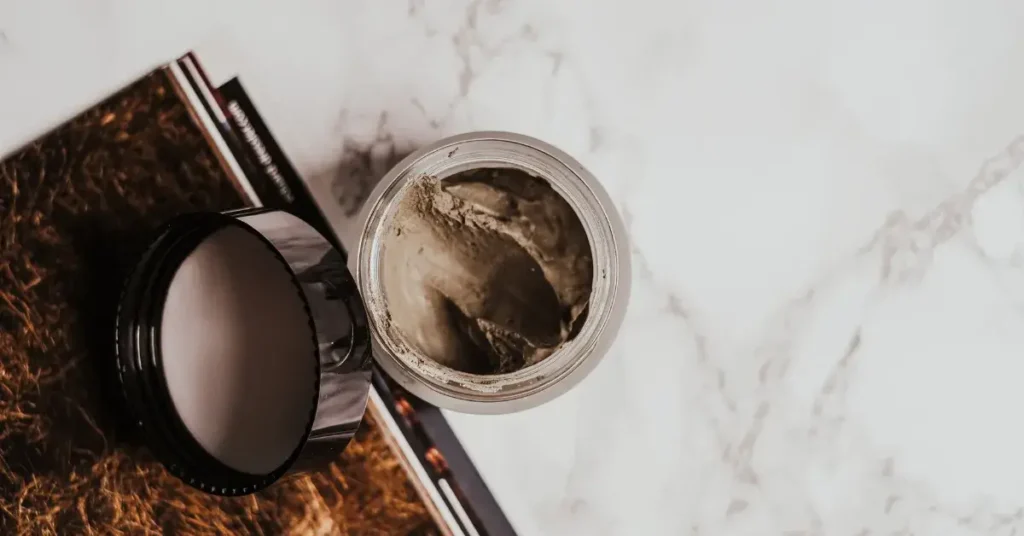
In my experience, the key to success when using benzoyl peroxide and salicylic acid together is alternating their application rather than combining them directly. Mixing them at the same time can cause irritation, peeling, and dryness.
Here’s how I would recommend you use them:
- Use a salicylic acid-based cleanser in the morning to unclog pores and remove excess oil.
- Apply a benzoyl peroxide spot treatment at night to target and kill acne-causing bacteria.
- Don’t forget to use a moisturizer suitable for acne-prone skin to keep the skin hydrated and maintain its natural barrier.
Always patch test before incorporating new products into your skincare routine. Observe how your skin reacts and adjust application frequency if needed. With patience and consistency, you’ll likely see an improvement in your skin as I did when using benzoyl peroxide and salicylic acid together.
Possible Side Effects and Precautions
If you’re wondering whether you can mix benzoyl peroxide and salicylic acid, it’s important to understand the potential side effects and precautions first. Mixing these two acne-fighting ingredients can be beneficial, but there are certain risks to be aware of.
Irritation and Dryness
Combining benzoyl peroxide and salicylic acid may lead to increased skin irritation and dryness. When used together, these powerful ingredients can sometimes be too harsh for the skin, causing redness, flaking, and discomfort. If you have sensitive skin, you’ll need to be extra cautious when using these products together.
How to Minimize Risks
To minimize the risks associated with mixing benzoyl peroxide and salicylic acid, be mindful of the following tips:
- Start slow: Introduce one product at a time to your skincare routine and gradually increase the frequency of use. This will allow your skin to adjust and better tolerate the treatments.
- Patch test: Always perform a patch test to see how your skin reacts to the combination of these two ingredients before applying them all over your face.
- Moisturize: Incorporate a non-comedogenic, hydrating moisturizer in your routine to combat dryness and alleviate irritation.
- Use gentle cleansers: Avoid using harsh facial cleansers while using benzoyl peroxide and salicylic acid, as they can exacerbate skin irritation.
- Sun protection: Protect your skin from the sun by using a broad-spectrum sunscreen and wearing protective clothing, as both benzoyl peroxide and salicylic acid can make the skin more sensitive to sun exposure.
If you have acne, and you use treatments like benzoyl peroxide or salicylic acid and you ignore hydration, disaster could be looming around.
— Aramskoko (@ASkincareperson) October 26, 2020
Alternatives to Mixing
So, you’re wondering if can you mix benzoyl peroxide and salicylic acid in your skincare routine. While it is technically possible to mix them, doing so may cause skin irritation, peeling, or dryness. That said, there are alternative ways to use these ingredients for acne-prone skin without potential harm. Let’s explore a few options.
Using One at a Time
One way to enjoy the benefits of both benzoyl peroxide and salicylic acid is to simply use them one at a time. For example, you can apply one of these acne fighters in the morning and the other at night, depending on your skin’s tolerance.
This approach can allow your skin to gain the benefits of each ingredient without risking over-exfoliation or irritation. Just remember to keep an eye on how your skin reacts to ensure you’re not overwhelming it with active ingredients.
Combination Products
If you’re looking to streamline your skincare routine and still want the power of benzoyl peroxide and salicylic acid, you can consider using combination products. These specially formulated products are designed to include both ingredients, but in a balanced and skin-friendly manner.
These products take the guesswork out of mixing the two ingredients yourself and provide a safe and effective way to clear acne breakouts. Just be sure to patch-test any new products to avoid potential irritation, and consult with a dermatologist if you’re unsure about incorporating these ingredients into your skincare routine.
FAQ

Do you use benzoyl peroxide before or after salicylic acid?
It is generally recommended to use benzoyl peroxide after salicylic acid. Start with salicylic acid to exfoliate and unclog pores, then follow with benzoyl peroxide to target acne-causing bacteria and reduce inflammation.
What’s better for acne benzoyl or salicylic?
Both benzoyl peroxide and salicylic acid are effective for treating acne, but their mechanisms differ. Benzoyl peroxide targets bacteria and reduces inflammation, while salicylic acid unclogs pores and exfoliates. The better choice depends on individual needs and skin sensitivity.
Can I use benzoyl peroxide everyday?
Yes, benzoyl peroxide can be used daily, but start with a lower concentration and gradually increase if your skin tolerates it well. However, avoid overuse to prevent excessive dryness or irritation.
What happens when you stop using benzoyl peroxide?
When you stop using benzoyl peroxide, the acne-fighting effects it provides may diminish. Without continued use, acne breakouts may return, but the exact outcome can vary depending on individual skin characteristics and the underlying causes of acne.
If you liked this blog article about the question: Can You Mix Benzoyl Peroxide And Salicylic Acid, don’t forget to leave us a comment down below to tell us about your experience with these two ingredients.

